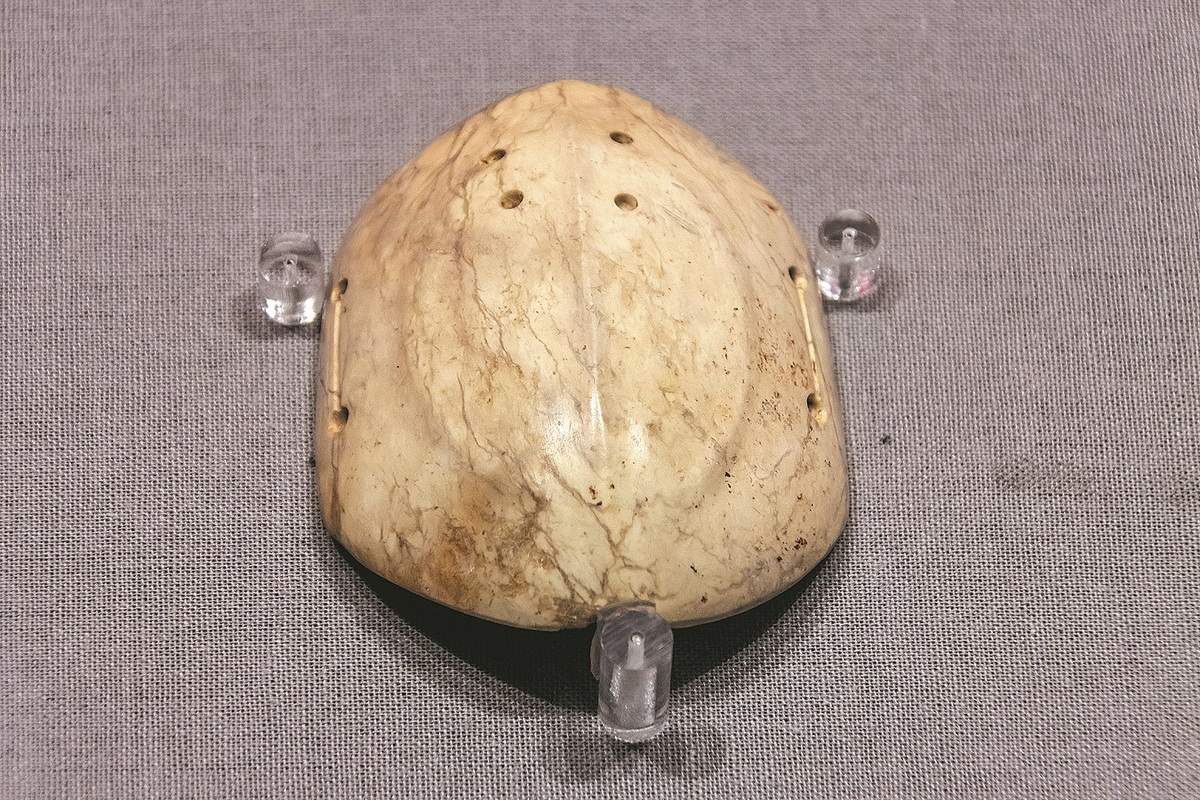Research reveals clues to jade mystery
Once thought to be accessories, Hongshan pieces now thought to be spiritually significant
By XU ZHESHENG | China Daily | Updated: 2024-01-16 11:08

Recent archaeological research has busted a myth about unique pieces of jade that are among the most enigmatic artifacts of the Hongshan culture.
These ancient treasures, made of local greenish nephrite and mostly resembling a horse hoof with both ends open, have baffled researchers for decades, with various theories about their origins and purpose.
The tubular objects are known for their remarkable details, with borings and polished surfaces both inside and outside, leaving generations of researchers debating the techniques and tools used to make them.
Now, recent research on a groundbreaking excavation at the Lingjiatan site in Anhui province conducted in 2007 may offer more clues about the jade pieces.
The Hongshan (red mountain) culture was a Neolithic culture in the West Liaohe River basin in Northeast China. Hongshan sites have been found in an area stretching from the Inner Mongolia autonomous region to Liaoning province and date from 4,700 to 2,900 BC. The culture is named after Hongshanhou (behind the red mountain), a site in the Hongshan district of Chifeng, Inner Mongolia.
Guo Dashun, a renowned archaeologist, elaborated on the significance of the circular jade tubes.
























